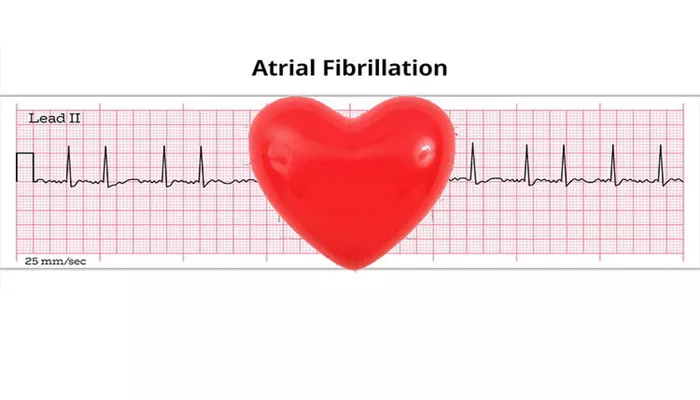New research indicates that cryoablation is a safe and effective method for closing a congenital patent foramen ovale (PFO)—a small hole in the heart—in patients with atrial fibrillation (AF) undergoing pulmonary vein isolation (PVI). This study, published in Heart Rhythm, the official journal of the Heart Rhythm Society, presents an alternative to the traditional approach of using a percutaneous metal device for PFO closure, which carries risks such as infection and arrhythmia.
PFO affects approximately 20% to 34% of adults and is linked to various health issues, including cryptogenic stroke, transient ischemic attack (TIA), migraines, and decompression sickness. Currently, percutaneous device occlusion is the standard treatment for PFO-related ischemic strokes. However, this method has its risks, including infection, pericardial effusion, device displacement, thrombus formation, and arrhythmia. Additionally, a metal occluder can hinder future access to the left atrium for other interventional procedures like catheter ablation for AF.
This study marks the first time cryoablation—a minimally invasive technique that utilizes extreme cold—has been used to achieve PFO closure.
Jiang Deng, MMed, co-lead investigator from the Department of Cardiovascular Medicine at Yongchuan Hospital of Chongqing Medical University in China, stated, “The pursuit of an ideal PFO closure method without a residual device is a compelling endeavor. Our aim was to investigate the efficacy and safety of PFO closure using cryoablation without implantation in patients with atrial fibrillation who underwent PVI. We postulated that cryoablation can also fuse PFO by injuring the primary and secondary septum.”
While both AF and PFO increase the risk of stroke or TIA, it can be challenging to determine if PFO contributes to stroke development when both conditions are present. The benefits of combining PVI with PFO closure remain unclear. The study aimed to assess whether atrial septal (AS) cryoablation could lead to secondary PFO closure in AF patients undergoing PVI.
The research involved 22 patients with symptomatic drug-refractory paroxysmal or short-term persistent AF and PFO who were treated with cryoablation at The First Affiliated Hospital of Chongqing Medical University. Participants were divided into two groups: one receiving standard PVI plus AS cryoablation and the other receiving only standard PVI. The study evaluated the rates of PFO closure, procedure-related complications, recurrence of AF, and incidents of stroke or TIA.
Results showed that patients who underwent AS cryoablation had a significantly higher rate of successful PFO closure compared to those who only received balloon inflation. Importantly, there were no significant differences in procedure-related adverse events or recurrence rates of AF between the two groups.
Nir Flint, MD, from Tel Aviv Sourasky Medical Center and Tel Aviv University School of Medicine in Israel, co-authored an editorial commentary accompanying the study. He remarked on the potential advantages of a “no footprint,” device-free approach to percutaneous PFO closure. This method may replicate natural healing processes by inducing inflammation and scarring to achieve anatomical closure of the interatrial septum. This technique reduces complications associated with artificial materials and preserves options for future interventions if necessary.
Eyal Ben-Assa, MD, from Assuta Ashdod University Hospital and Ben Gurion University in Israel, also contributed to the commentary, stating that this study introduces an innovative method for PFO closure through cryoballoon ablation. He noted its potential as a device-free alternative. While initial results are promising, further research is essential to confirm safety and enhance efficacy. This technique could lead to new strategies for managing PFOs in patients undergoing ablation procedures.
Overall, this study highlights the potential benefits of cryoablation for closing PFOs in patients with atrial fibrillation while undergoing pulmonary vein isolation. As research progresses, it may pave the way for safer and more effective treatment options in this patient population.
Related topics:


